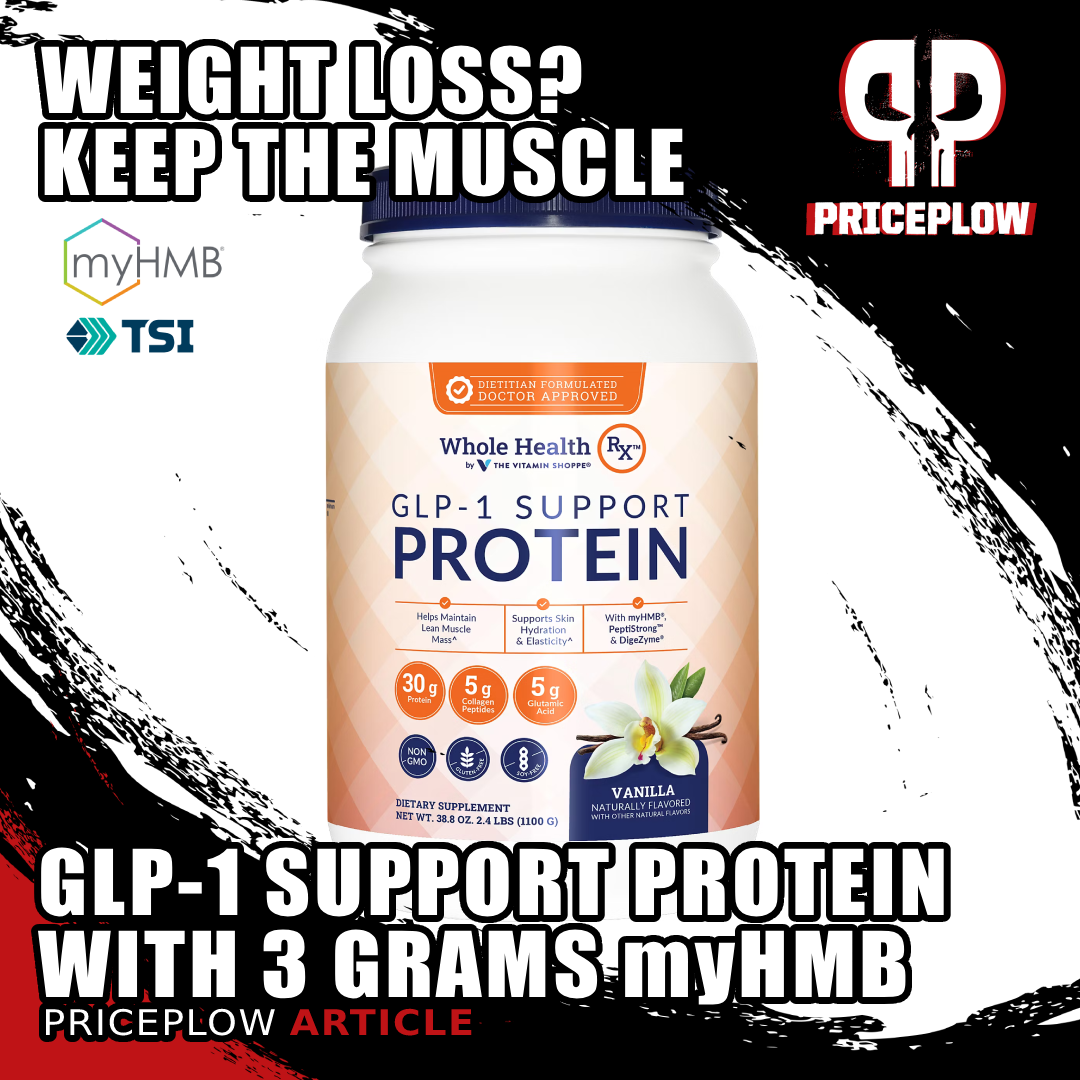
Women lose muscle AND bone during weight loss--but it doesn't have to be that way. The Vitamin Shoppe's GLP-1 Support Protein combines 3g myHMB + 540mg calcium + vitamin D3 to protect what matters most. Your future self will thank you.
Weight management creates a dual threat that women can't afford to ignore: simultaneous loss of both muscle tissue and bone mineral density. While the scale might show progress, what's happening beneath the surface could tell a more complex story -- one where hard-earned muscle disappears alongside skeletal strength, setting the stage for metabolic slowdown, increased fracture risk, and accelerated aging.
For women, this double jeopardy hits harder than it does for men. Starting with 57% less muscle mass and facing a four-times-higher risk of osteoporosis, women enter weight management protocols already at a disadvantage. Add caloric restriction to the equation, and both challenges intensify. Throw in perimenopause or menopause, and the rate of loss accelerates dramatically. For those using GLP-1 medications for weight management, these concerns become even more pressing as rapid weight loss can strip away lean tissue faster than traditional dieting approaches.
The solution isn't to avoid weight management, it's to approach it strategically:
A Smarter Solution with myHMB® (Calcium HMB) and Friends
The Vitamin Shoppe's GLP-1 Support Protein from their Whole Health RX line addresses both challenges head-on with a formula that goes far beyond standard protein powders. While most protein supplements focus solely on delivering amino acids, this dietitian-formulated powder takes a comprehensive approach to women's health during weight management.
At the heart of this formula sits 3 grams of myHMB® from TSI Group, the gold-standard muscle-protective ingredient backed by decades of research in women. But what sets this product apart is that it delivers 540mg calcium (42% of the daily value) thanks to the whey and calcium HMB inside, alongside 520IU vitamin D3, creating a trifecta of protection that addresses muscle preservation, bone health, and the metabolic support women need during caloric restriction.
This isn't just protein powder with some added ingredients. It's a targeted intervention designed to protect what matters most during weight management: the metabolically active muscle that keeps metabolism humming and the dense, strong bones that provide structural integrity for decades to come.
In this article, we explore why women face unique challenges in preserving both muscle and bone during weight management, how The Vitamin Shoppe's formula addresses both simultaneously, and when this type of comprehensive support becomes most critical across different life stages.
The Vitamin Shoppe GLP-1 Support Protein – Deals and Price Drop Alerts
Get Price Alerts
No spam, no scams.
Disclosure: PricePlow relies on pricing from stores with which we have a business relationship. We work hard to keep pricing current, but you may find a better offer.
Posts are sponsored in part by the retailers and/or brands listed on this page.
Subscribe to PricePlow's Newsletter and Alerts on These Topics
This area is reserved for Team PricePlow's upcoming videos.
Subscribe to our channel and sign up for notifications so you catch it when it goes live!
Women’s Unique Vulnerability: Starting Behind and Losing Faster
Women enter weight management protocols already facing a physiological disadvantage that men simply don't experience. Research confirms that women carry 57% less muscle mass than men at baseline,[1] creating a metabolic foundation that's inherently less forgiving during caloric restriction. This gap isn't just about aesthetics, either: muscle tissue drives metabolic rate, glucose disposal, and functional capacity throughout the lifespan.
The skeletal system tells an equally sobering story. Women face a 4x higher risk of developing osteoporosis compared to men,[2] with postmenopausal women experiencing the steepest declines in bone mineral density (BMD). Nearly 40% of overweight and obese postmenopausal women already demonstrate low bone mass (t-score <−1) before initiating any weight loss efforts.[3]
When Weight Loss Strips Away What Matters Most
Caloric restriction accelerates both vulnerabilities simultaneously. During weight loss, fat-free mass contributes 20-30% of total weight reduction in overweight and obese individuals,[4] with a 10% decrease in body weight triggering a 2.2% decline in lumbar and total hip BMD.[5] Perhaps more alarming: research demonstrates that BMD lost during weight reduction may not be fully recovered with weight regain in hormone-deficient postmenopausal women.[3]
The mechanism driving muscle loss during prolonged caloric restriction involves increased muscle proteolysis rather than suppressed protein synthesis,[4] meaning the body actively breaks down existing muscle tissue to meet energy demands, and this process accelerates in hormone-deficient states.
The GLP-1 Factor
For women using GLP-1 receptor agonists like semaglutide or tirzepatide, these concerns intensify. Clinical data reveals that up to 40% of total weight loss with semaglutide can be attributed to lean body mass loss,[6] with tirzepatide showing 25% lean mass contribution.[7] The rapid pace of GLP-1-induced weight loss leaves less time for metabolic adaptation and muscle preservation strategies to take effect.
Hormonal changes during perimenopause and menopause compound every aspect of this vulnerability, accelerating both muscle and bone loss while simultaneously reducing the body's capacity to rebuild lost tissue.
It turns out, there are a few ways to use dietary supplements to combat this issue, and two such ways come from a single ingredient: myHMB® from TSI Group, which is calcium HMB. Let's loook at both HMB and the calcium it's bound to (as well as the calcium we get from the whey in The Vitamin Shoppe's GLP-1 Support Protein) and learn how this duo can help protect both muscle and bone, especially in women:
myHMB: Protecting Muscle When It’s Most Vulnerable
myHMB delivers the metabolic protection muscle needs during caloric restriction, addressing the first half of women's dual threat during weight management.
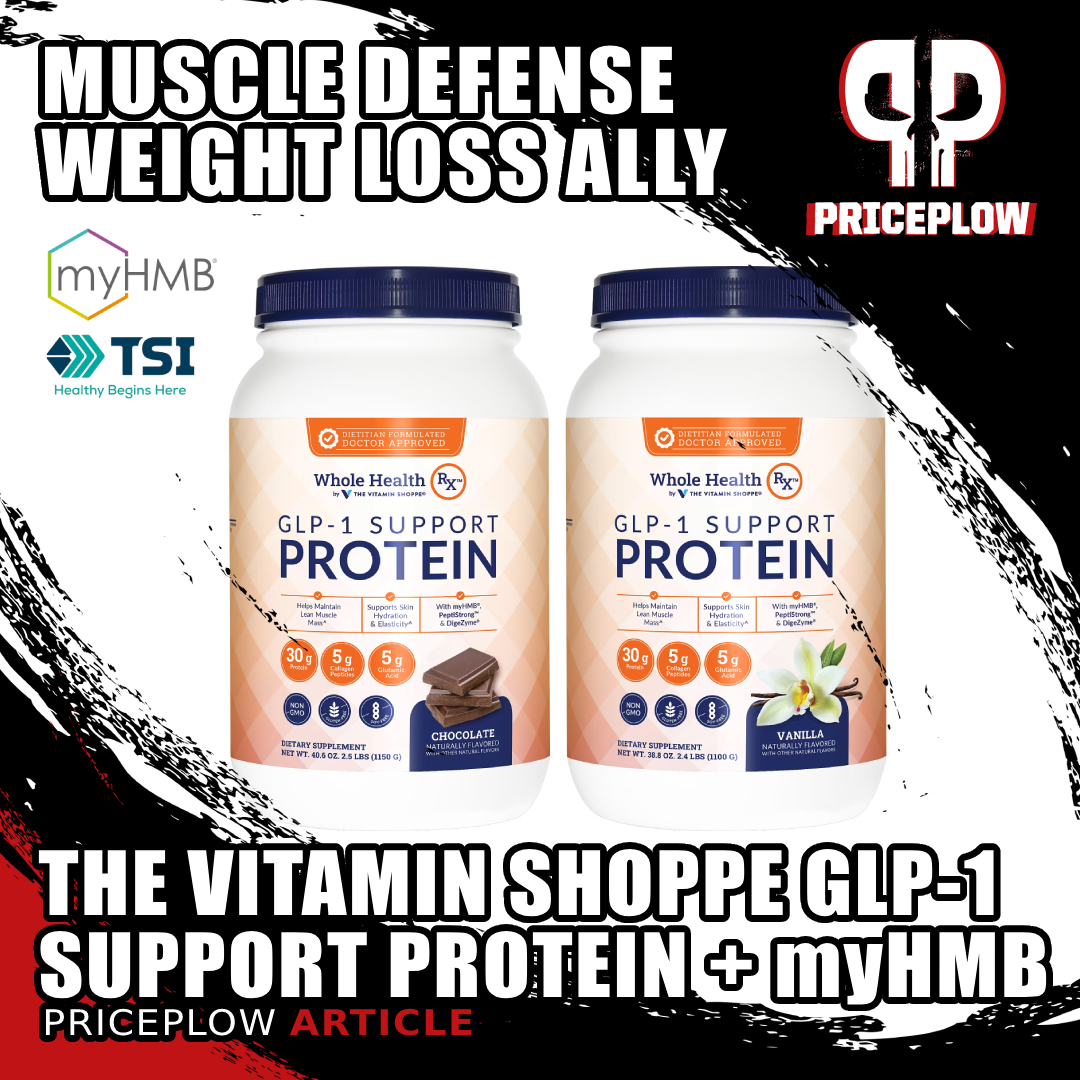
The Vitamin Shoppe GLP-1 Support Protein Powder with myHMB® helps preserve muscle during weight loss with 30g protein per serving. Perfect for maintaining lean tissue while achieving body composition goals!
HMB (β-hydroxy β-methylbutyrate) works through a powerful dual mechanism: increasing muscle protein synthesis while simultaneously decreasing muscle protein breakdown.[8] This one-two punch creates a more favorable net protein balance -- you build more while breaking down less. The advantage compounds over weeks, resulting in measurable improvements in muscle mass, strength, and body composition.
The Dual-Action Mechanism
HMB activates mTOR (mammalian target of rapamycin), the cellular machinery responsible for initiating muscle protein synthesis.[8] When you supplement with HMB, it amplifies the anabolic signal your body produces, enhancing muscle-building capacity even in the absence of excess calories.
Simultaneously, HMB reduces muscle protein degradation by inhibiting the ubiquitin-proteasome pathway, which is the system your body uses to break down muscle proteins.[8] During caloric restriction, your body accelerates muscle breakdown to meet energy demands. HMB acts as a brake on this process, preserving hard-earned muscle tissue when it's most vulnerable.
When HMB Shines: Caloric Restriction Research in Women
The research demonstrates HMB's effectiveness across different populations of women, but the benefits become most dramatic during periods of metabolic stress... exactly when women need protection most:
- Time-Restricted Feeding + Resistance Training: In active women following an eight-week time-restricted feeding protocol (eating only between noon-8pm) combined with resistance training, HMB supplementation at 3 grams daily produced significant improvements in body composition. Only the HMB-supplemented group achieved statistically significant decreases in both fat mass and body fat percentage, demonstrating that HMB enhanced the body composition benefits of time-restricted eating beyond what the dietary pattern alone could deliver.[9]
- Sedentary Overweight Women: Even without structured exercise, HMB shows protective effects. When sedentary, overweight women (BMI 25-30) received 2.5 grams HMB daily for six weeks alongside basic nutritional counseling, the HMB group experienced significant reductions in weight, body fat percentage, fat mass, and measurements—while the placebo group showed no significant changes.[10] These results demonstrate HMB's effects extend beyond trained athletes to women managing weight through dietary modification alone.
- Female Athletes During Rapid Weight Loss: The most dramatic demonstration of HMB's protective effects comes from female judo athletes during an aggressive three-day caloric restriction protocol.[11] The HMB-supplemented group achieved 5% fat loss while losing only 0.6% muscle mass and maintaining most performance metrics. The placebo group experienced no fat loss while losing 1.4% muscle mass and suffering dramatic performance decrements, demonstrating exactly what HMB prevents![11]
Critical During Caloric Restriction
Overall, the body actively breaks down existing muscle tissue to meet energy demands during diets / caloric deficits, a process that only accelerates in hormone-deficient states like menopause.
This is precisely where HMB's anti-catabolic mechanism becomes most valuable. By inhibiting the pathways responsible for muscle protein breakdown, HMB helps women preserve metabolically active lean tissue during the exact periods when it's most vulnerable to loss.
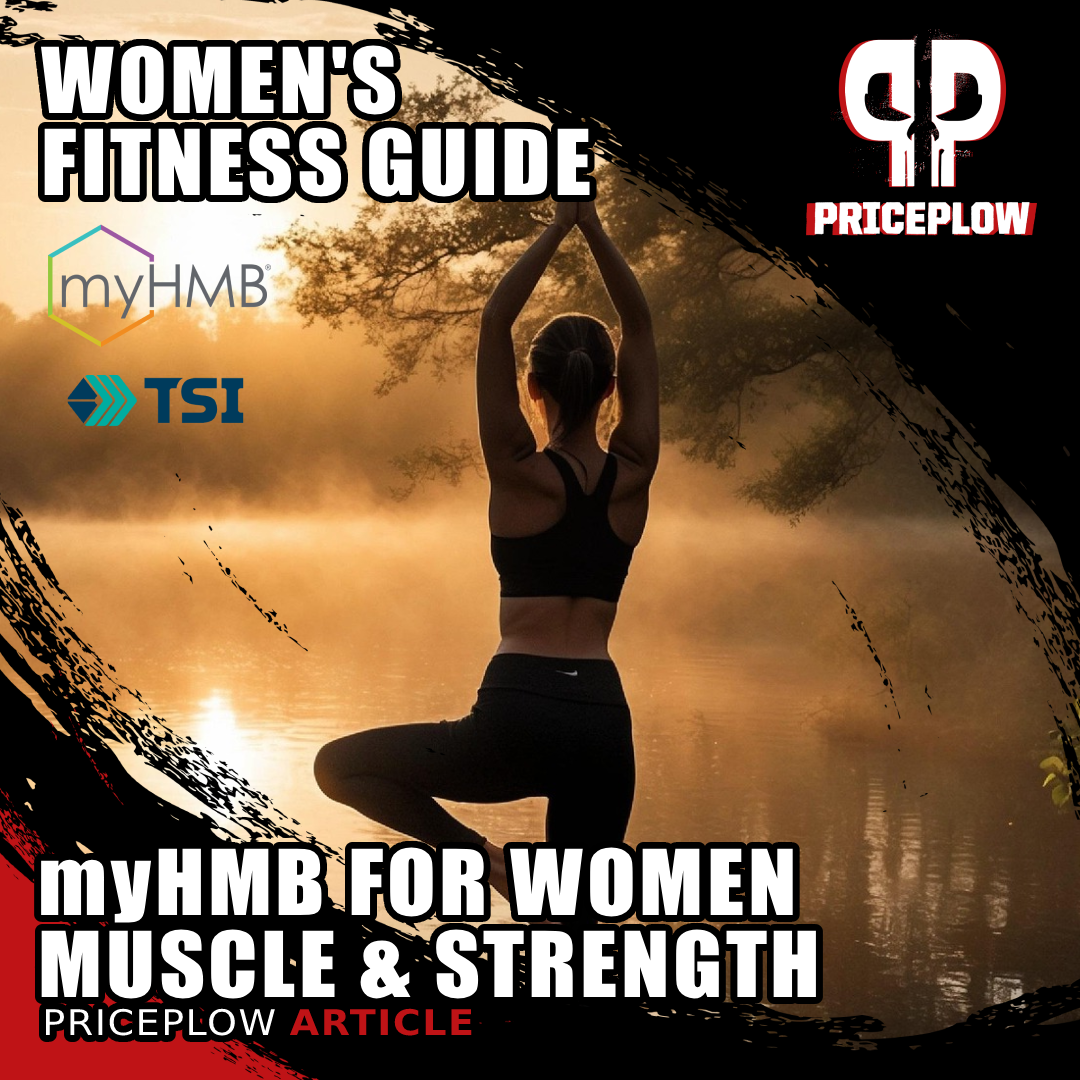
Afraid of getting bulky? Women produce 15-20x less testosterone than men. Research shows myHMB helps you build lean muscle and preserve strength during fat loss and menopause without bulking up.
The Calcium HMB Advantage
The Vitamin Shoppe's formula uses calcium HMB (also sold as myHMB® by TSI Group), the most extensively-researched form of HMB and the version used in virtually all the women's studies cited above. This form delivers a dual benefit: the muscle-protective effects of HMB plus the bone-supporting calcium content women need during weight management.
With each 3-gram dose of calcium HMB providing approximately 330mg of elemental calcium (plus more coming from the whey protein), this formula addresses both sides of the muscle-and-bone equation simultaneously, making it a more efficient solution than separate supplementation.
We get into calcium's benefits next, but for even more information, see our complete women's muscle guide: myHMB for Women: Build Muscle, Burn Fat, Stay Strong. To understand HMB's mechanisms, research, and applications, you can read our article titled HMB (β-hydroxy β-methylbutyrate): Performance-Driven Muscle Supplement.
The Calcium Advantage: 540mg for Bone Protection
Long story short, calcium provides the structural foundation for bone health, and we've got a great amount of it here.
While most protein powders offer minimal mineral support, The Vitamin Shoppe's GLP-1 Support Protein delivers 540 milligrams of calcium per serving -- 42% of the daily recommended value -- through its combination of whey protein and calcium HMB. This dual-source approach addresses one of the most critical deficits facing aging women: inadequate calcium intake during the exact period when skeletal demands intensify.
-
Fracture Risk Reduction: The Evidence is Clear
Meta-analysis of calcium supplementation trials involving over 63,000 individuals confirms that calcium reduces fracture risk by 12% in adults over 50.[12] More compelling: compliance doubles these benefits. Women who maintained consistent supplementation (≥80% adherence) experienced 24% fracture risk reduction -- twice the benefit of inconsistent users.[12]
-
BMD Preservation During Critical Periods
Calcium supplementation significantly slows bone loss at key skeletal sites, reducing bone mineral density decline by 0.54% at the hip and 1.19% in the spine.[12] During weight management (when bone loss typically accelerates, as discussed above), calcium supplementation suppresses elevated bone turnover and helps prevent the 1-2% BMD loss that accompanies a 10% reduction in body weight.[13]
-
The 1,200mg Daily Threshold
Research identifies 1,200mg daily calcium as the optimal intake threshold for maximal bone protection.[12] With 540 mg per serving, this formula provides nearly half that target from supplementation alone, providing critical support given that dietary calcium intake remains inadequate in most aging women, with baseline intakes averaging just 850 mg daily,[14] and often declining further as energy intake decreases with age.[12]
This is a solid amount, without putting you over the top, and without relying on calcium bicarbonate, a form that we don't generally recommend.[15,16]
The Synergy Story: HMB + Calcium + Vitamin D3
There are a number of tremendous synergies happening here between HMB, Vitamin D3, and the calcium from whey and calcium HMB:
-
Vitamin D3 Enhances Calcium Absorption
The 520IU of vitamin D3 in this formula serves a fundamental role: maximizing calcium absorption efficiency. When calcium levels decline (whether from inadequate intake, increased losses, or accelerated bone turnover), parathyroid hormone (PTH) activates as an emergency response, defending serum calcium through bone mobilization, reduced urinary loss, and increased intestinal absorption.[17] Vitamin D3 directly enhances this third mechanism, optimizing the intestine's capacity to absorb calcium when it's needed most.
Research demonstrates that vitamin D dosing matters for skeletal protection. Meta-analysis reveals that doses of 800IU daily or higher deliver significantly better fracture risk reduction compared to lower doses, with the higher threshold showing 16% stronger protective effects.[12] At the same time, you don't want too much due to concerns of hypercalcaemia, so there's a balance to be made here. Generally, 2000IU supplemental is a safe maximum to stick to,[18] and we're well within that area.
Ultimately, during caloric restriction -- when calcium demands intensify -- adequate vitamin D3 ensures the body can extract maximum benefit from supplemental and dietary calcium before resorting to skeletal stores. Not too much, but not too little, and you'll still want to get your sunshine in, especially when you can.
-
The Synergy of HMB and Vitamin D3
While calcium and vitamin D3 work together to support bone health, vitamin D3 creates an additional synergy with HMB that amplifies muscle preservation during weight management, making for a critical advantage when women face accelerated tissue loss.
Clinical research demonstrates this synergy across multiple populations. In middle-aged women, combining 3 grams of calcium HMB with vitamin D3 supplementation significantly improved skeletal muscle health markers beyond what either ingredient delivers alone.[19] This finding matters for women navigating perimenopause and menopause, when muscle preservation becomes increasingly difficult.
Compared to the non-exercising placebo group, the non-exercising HMB + vitamin D group gained significant leg flexion torque. Although HMB+vitamin D with no exercise did not significantly increase leg extension torque through month 12 of the study, the non-exercise control group actually lost leg extension torque, while HMB + vitamin D preserved it.[20]
Long-term investigation in older adults confirms these benefits extend over time. Subjects receiving calcium HMB with vitamin D3 showed sustained improvements in muscular function over 12 months, with the combination supporting strength maintenance even in those who didn't participate in structured resistance training.[21]
Even most revealing: vitamin D status directly influences HMB's effectiveness! Research shows that individuals with adequate vitamin D levels experience significantly greater strength gains from HMB supplementation compared to those with insufficient vitamin D.[22] This relationship explains why The Vitamin Shoppe's formula pairs 3 grams of myHMB with 520 IU of vitamin D3, ensuring the vitamin D support needed to maximize HMB's muscle-protective benefits during caloric restriction.
These aren't the only synergies inside, though. As we'll see, other ingredients like PeptiStrong provide added benefits for mTOR signaling and may support HMB's mechanisms as well. Let's get into the full formula now:
The Complete Formula Analysis for Women
Beyond the foundational muscle and bone protection from myHMB, calcium, and vitamin D3, The Vitamin Shoppe's GLP-1 Support Protein delivers a comprehensive suite of ingredients designed to address every aspect of women's nutritional needs during weight management. This formula goes far beyond standard protein powders to create a complete system for preserving lean tissue, supporting recovery, and optimizing nutrient utilization.
-
30g Protein: Meeting Women’s Elevated Needs During Dieting
The formula's 30-gram protein content isn't arbitrary -- it addresses women's elevated protein requirements during caloric restriction when muscle preservation becomes most critical.
Research demonstrates that protein needs increase substantially during weight loss. While sedentary women might maintain muscle on 0.8g protein per kilogram of body weight during maintenance, weight management demands significantly more.[4] Women already enter weight management at a disadvantage, carrying 57% less muscle mass than men at baseline,[1] making adequate protein intake non-negotiable for preserving metabolically active tissue.
Higher protein intake helps offset a dieter's catabolic pressure by providing the amino acids needed for muscle protein synthesis while creating a more favorable net protein balance. Rather than pulling amino acids out of the skeletal muscle, it can get them straight from the diet / bloodstream, especially when eating higher-protein meals and supplementing regularly.
The whey protein blend (combining isolate and concentrate) also offers advantages for women managing weight. Meta-analyses confirm whey protein's effectiveness in reducing fat mass while preserving lean tissue during caloric restriction.[23] Whey stimulates muscle protein synthesis more effectively than other protein sources,[24] making it ideal for women seeking to maintain strength and function during weight management.
For comprehensive ingredient details on the protein blend, see our original coverage in Muscle Preservation Simplified: The Vitamin Shoppe's GLP-1 Support Protein with myHMB.
-
myHMB® (β-hydroxy-β-methylbutyrate) - 3g
As detailed above, the 3 grams of myHMB in this formula deliver powerful muscle-protective effects through dual mechanisms: activating muscle protein synthesis via mTOR while simultaneously inhibiting the breakdown pathways that accelerate during caloric restriction.[8]
The calcium HMB form used here provides the additional benefit of contributing approximately 330mg of the formula's total calcium content, addressing both muscle preservation and bone support simultaneously.
Read the full story in PricePlow's main HMB Supplements article.
For complete details, see our guide: HMB (β-hydroxy β-methylbutyrate): Performance-Driven Muscle Supplement.
-
PeptiStrong® (Fava Bean Protein Hydrolysate) - 2.4g
Beyond standard protein supplementation, this formula includes 2.4 grams of PeptiStrong, an AI-discovered ingredient derived from fava bean protein that addresses muscle preservation through sophisticated cellular signaling rather than simply providing more amino acids.
Multi-Pathway Muscle Protection
PeptiStrong works through three mechanisms that become crucial during caloric restriction. First, it activates the mTOR pathway in a different pathway from HMB, enhancing muscle protein synthesis at the cellular level.[25] Second, its bioactive peptides decrease pro-inflammatory signals that contributes to muscle breakdown during dieting.[26] Third, it reduces expression of muscle atrophy genes.[25]
Clinical Performance in Active Individuals
Human research confirms these mechanisms translate to real-world benefits. In a randomized, double-blind, placebo-controlled trial, subjects receiving PeptiStrong showed significantly improved strength recovery and reduced fatigue following intense exercise compared to placebo.[27]
PeptiStrong even significantly suppressed plasma myostatin levels.[27] Since myostatin functions as a biological brake on muscle growth, reducing its activity creates a more favorable environment for muscle preservation during caloric deficits.
Even women who began the study with adequate vitamin D levels saw improvements in IMAT (Intramuscular Adipose Tissue) from HMB supplementation.[28]
The 2.4g dose aligns with clinical research, working synergistically with myHMB and high-quality proteins to create comprehensive muscle protection.
-
Bovine Collagen Peptides - 5g
While most protein formulas focus exclusively on muscle protein sources, The Vitamin Shoppe's inclusion of 5 grams of bovine collagen peptides recognizes the importance of supporting all soft tissues during weight management—an aspect of body composition that matters deeply to women.
Beyond Hair, Skin, and Nails
Collagen peptides deliver a unique amino acid profile rich in glycine, proline, and hydroxyproline that may help preserve muscle tissue and support recovery during caloric restriction.[29] Research suggests these peptides can play a valuable role in maintaining lean body mass and supporting metabolic function during weight management.[30]
Addressing Women’s Weight Management Concerns
For women navigating weight loss, collagen offers benefits that extend beyond muscle preservation. Maintaining skin elasticity during weight loss becomes increasingly important as women age and estrogen levels decline. Joint health support proves critical as women increase physical activity to complement dietary changes. The satiety support from collagen's protein content helps users feel satisfied despite reduced caloric intake.
In this case, it's about more than just muscle, and we love that the amino acid profile is balanced out here.
-
Glutamic Acid - 5g
The substantial 5-gram dose of glutamic acid addresses a sophisticated aspect of protein metabolism that becomes especially valuable during caloric restriction.
Glutamic acid functions as a non-essential amino acid with crucial roles in nitrogen homeostasis and energy metabolism throughout the body.[31] During weight loss, maintaining nitrogen balance becomes critical for preserving muscle tissue, and glutamic acid serves as a primary carrier of nitrogen in the body.[31]
It serves as the direct precursor to glutamine, giving the body raw material to produce this conditionally essential amino acid internally.[32]
About 5% of leucine breaks down into HMB. Below, we'll discuss HMB vs. Leucine -- and how 5% from most diets simply isn't optimal, so we can supplement more!
Early preclinical research suggests combining glutamic acid with leucine (abundant in whey protein) can significantly enhance muscle protein synthesis pathways,[32] potentially creating synergy with this formula's whey protein blend.
-
Vitamin D3 - 520 IU (65% DV)
Also discussed above, vitamin D3 plays an essential role in maximizing calcium absorption efficiency while enhancing HMB's muscle-protective effects.[12] The 520IU dose provides meaningful support without excessive intake that could lead to soft tissue calcification.
-
DigeZyme® Multi Enzyme Complex - 100mg
When managing weight through caloric restriction, protein absorption efficiency becomes paramount, and every gram of protein must be maximally utilized to preserve lean tissue. DigeZyme addresses this need through a specialized blend of five digestive enzymes: α-amylase, protease, cellulase, lactase, and lipase.
Research demonstrates that proteolytic enzymes significantly improve the absorption rate of whey protein concentrate, making more amino acids available for muscle preservation.[33]
Clinical studies also show that enzyme supplementation improves recovery after exercise by regulating inflammation.[34] This anti-inflammatory support complements the protein blend's muscle-protective effects, helping women maintain training intensity while managing weight.
When increasing physical activity to complement dietary changes, DigeZyme helps ensure optimal protein utilization while supporting recovery, maximizing the return on nutritional investment.
A full write-up of the supplement can be found in our article, Muscle Preservation Simplified: The Vitamin Shoppe's GLP-1 Support Protein with myHMB.
When Women Need This Most: Life Stage Applications
The Vitamin Shoppe's GLP-1 Support Protein delivers targeted support across multiple life stages and weight management scenarios where women face heightened vulnerability to muscle and bone loss.
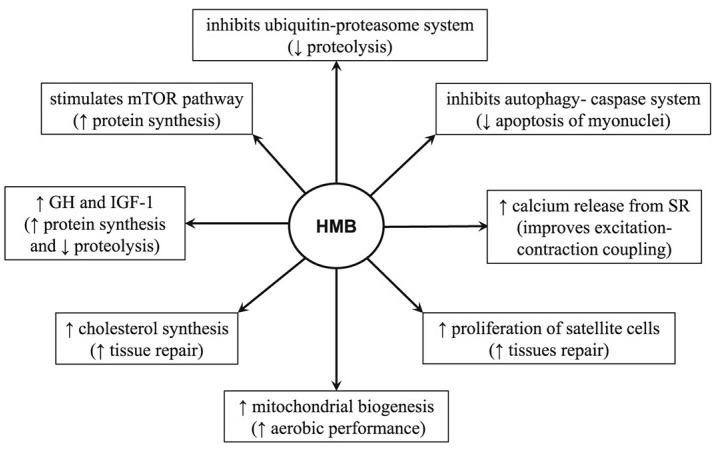
HMB positively affects a number of important metabolic pathways that aid in muscle growth, fat loss, and recovery from exercise.[35]
-
Perimenopause: When Acceleration Begins
The transition into perimenopause marks the beginning of accelerated tissue loss. Declining estrogen levels fundamentally alter how the body builds and maintains both muscle and bone, with loss rates increasing from 0.8% annually to potentially 1.5% or more.[36] This formula's combination of myHMB, calcium, and vitamin D3 addresses both vulnerabilities before they compound into functional limitations.
-
Active Weight Management: Protection During Caloric Restriction
Women managing weight through traditional caloric restriction face a brutal reality: 20-30% of weight loss comes from fat-free mass,[4] while BMD can decline 2.2% with just 10% body weight reduction.[5] The research on HMB in calorie-restricted women (Section IV) and calcium's BMD preservation effects (Section III) demonstrate this formula's value during the exact period when tissues are most vulnerable.
-
GLP-1 Medication Users: Supporting Rapid Weight Loss
Women using semaglutide or tirzepatide experience accelerated weight loss where up to 40% of total reduction can come from lean mass.[6] The rapid pace leaves less time for metabolic adaptation, making proactive muscle and bone protection through myHMB and calcium supplementation critical rather than optional.
-
Post-Menopause: Critical Maintenance
Postmenopausal women face the steepest bone loss trajectory while maintaining accelerated muscle loss rates.[36] With nearly 40% already demonstrating low bone mass before weight loss attempts,[3] and research showing BMD losses may not fully recover with weight regain, prevention becomes paramount. This formula provides both the calcium threshold (1,200mg daily recommended) and muscle protection needed during this high-risk period.
-
Active Individuals: Performance with Protection
Women combining increased physical activity with weight management need sustained muscle function alongside body composition changes. The formula's combination of fast-acting whey protein, anti-catabolic myHMB, and recovery-supporting ingredients like PeptiStrong enables performance maintenance while tissues are under stress from both training and caloric restriction.
Conclusion: Comprehensive Protection for Women’s Long-Term Health
The Vitamin Shoppe's GLP-1 Support Protein stands out in a crowded market by addressing a truth that many supplement companies overlook: women's bodies face unique challenges during weight management that demand more than generic solutions.
By combining 30 grams of high-quality protein with 3 grams of myHMB® for muscle preservation, 540 milligrams of calcium for bone support, and 520 IU of vitamin D3 to enhance both, this formula delivers comprehensive protection during one of the most vulnerable periods for women's health. Add in PeptiStrong™, bovine collagen peptides, and digestive enzymes, and you have a formula that addresses muscle, bone, protein metabolism, and absorption, leaving no stone unturned.
The research supporting this combination is strong. We know that calcium supplementation reduces fracture risk by 12% in women over 50, with that benefit doubling to 24% in those who maintain consistent supplementation habits. We know that myHMB preserves muscle mass during caloric restriction while simultaneously supporting bone health through the calcium form. And we know that vitamin D3 enhances the effectiveness of both calcium absorption and HMB's muscle-protective effects.
For women navigating perimenopause or menopause, this type of targeted support isn't just helpful, it's essential. Muscle and bone function as biological currency -- assets that pay dividends in strength, metabolic health, functional independence, and quality of life throughout your lifespan. Like any valuable asset, they require protection during periods of stress. The Vitamin Shoppe's GLP-1 Support Protein with myHMB provides that protection through a science-backed formula.
Whether you're currently using GLP-1 medications, managing your weight through traditional approaches, navigating hormonal transitions, or simply looking to maintain muscle and bone health as you age, this formula offers multi-pronged support when you need it most.
As always, check prices and availability, and stay updated on TSI Group's innovative myHMB® research with PricePlow:
The Vitamin Shoppe GLP-1 Support Protein – Deals and Price Drop Alerts
Get Price Alerts
No spam, no scams.
Disclosure: PricePlow relies on pricing from stores with which we have a business relationship. We work hard to keep pricing current, but you may find a better offer.
Posts are sponsored in part by the retailers and/or brands listed on this page.
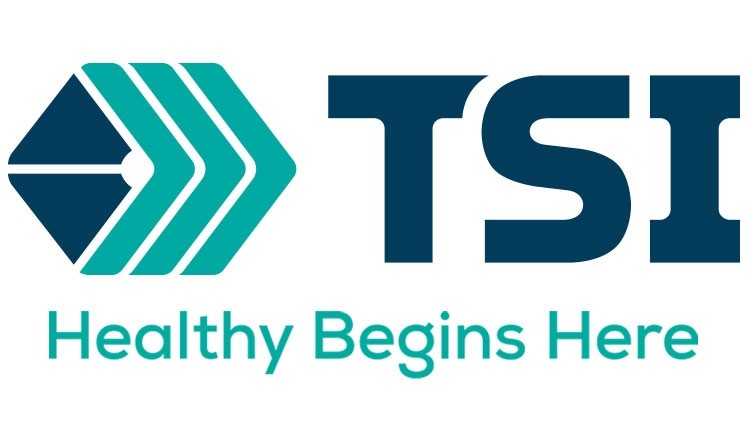
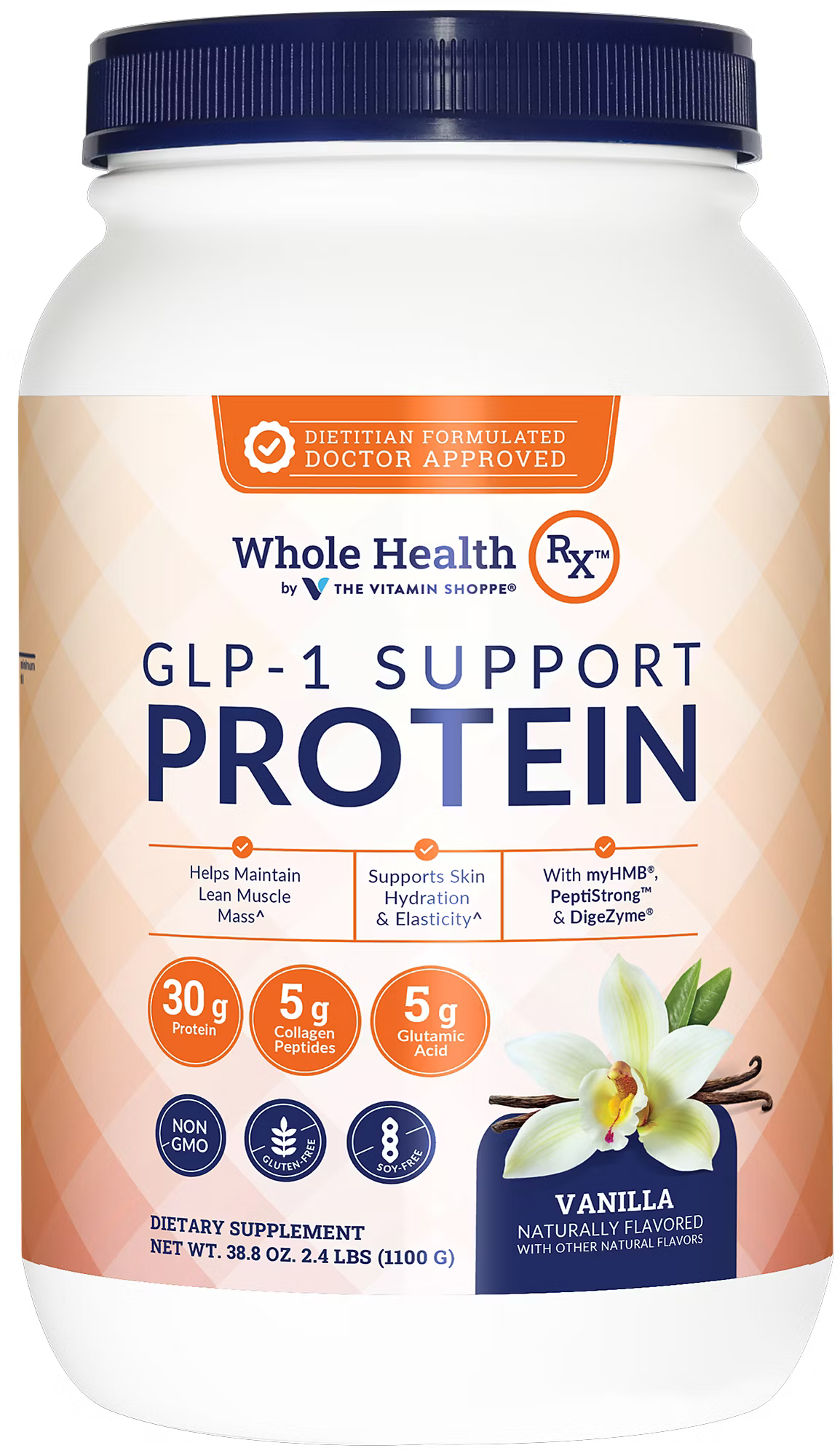
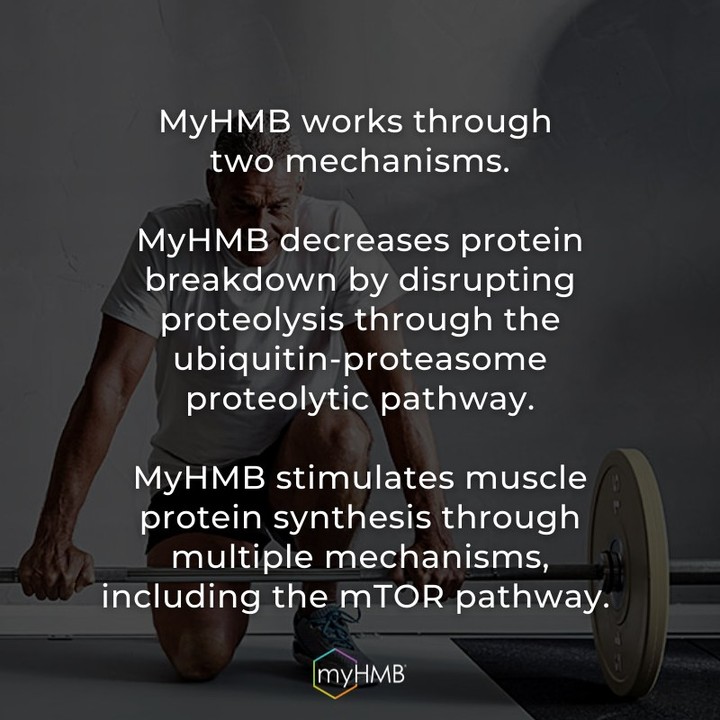
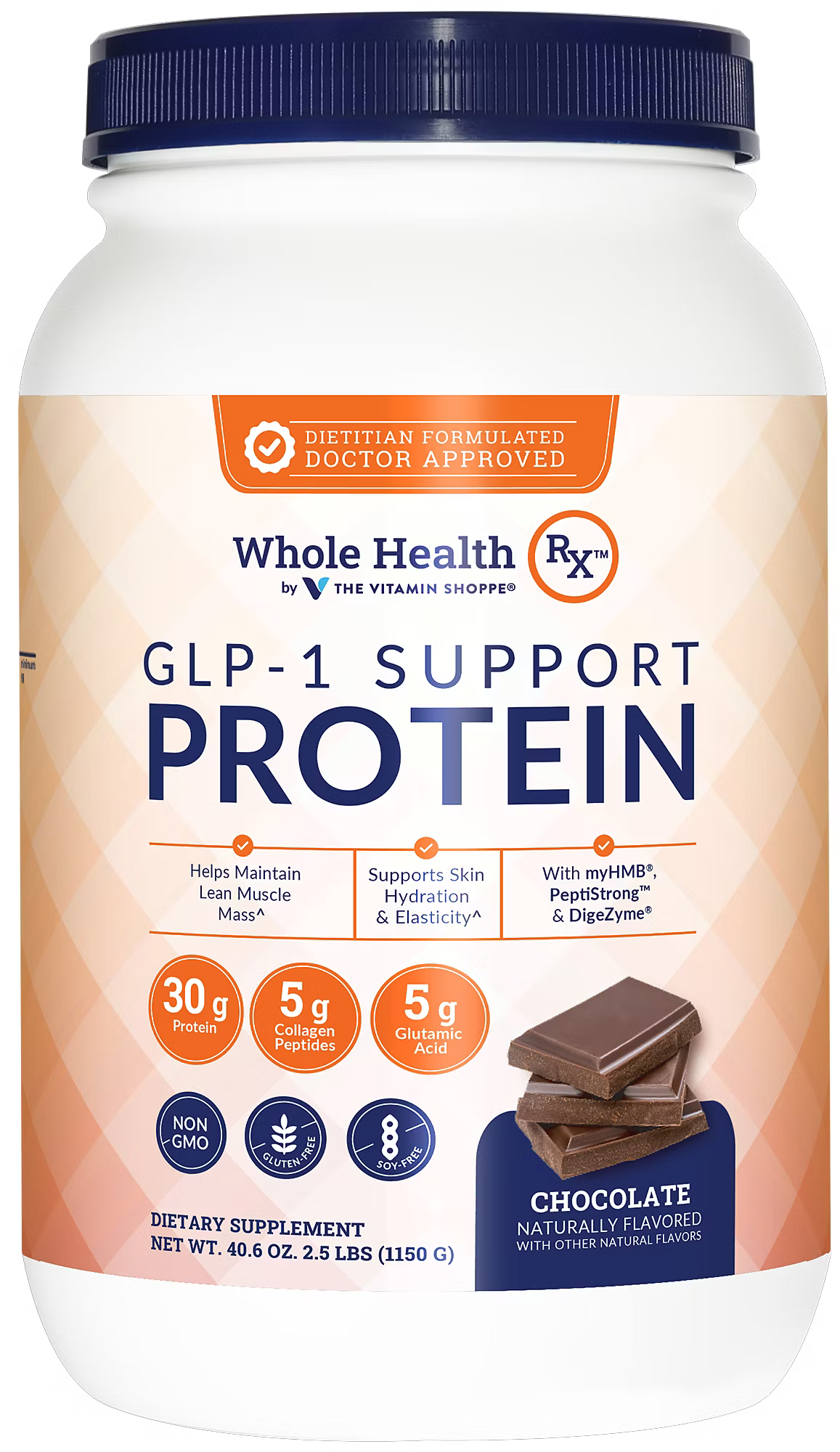
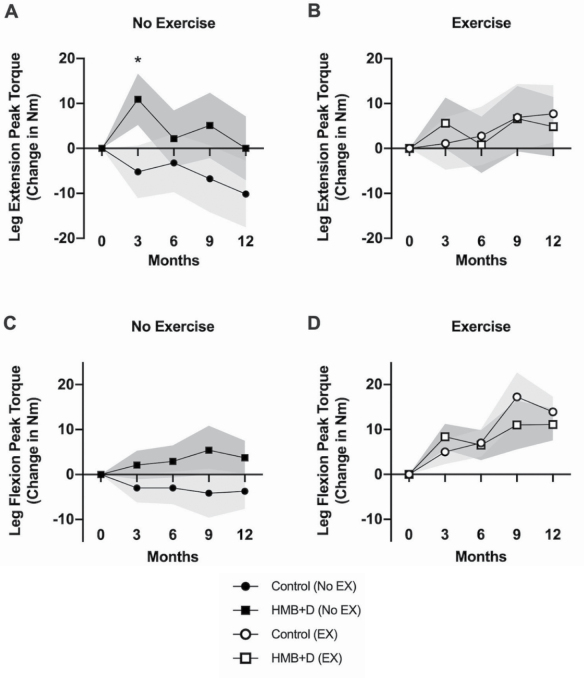
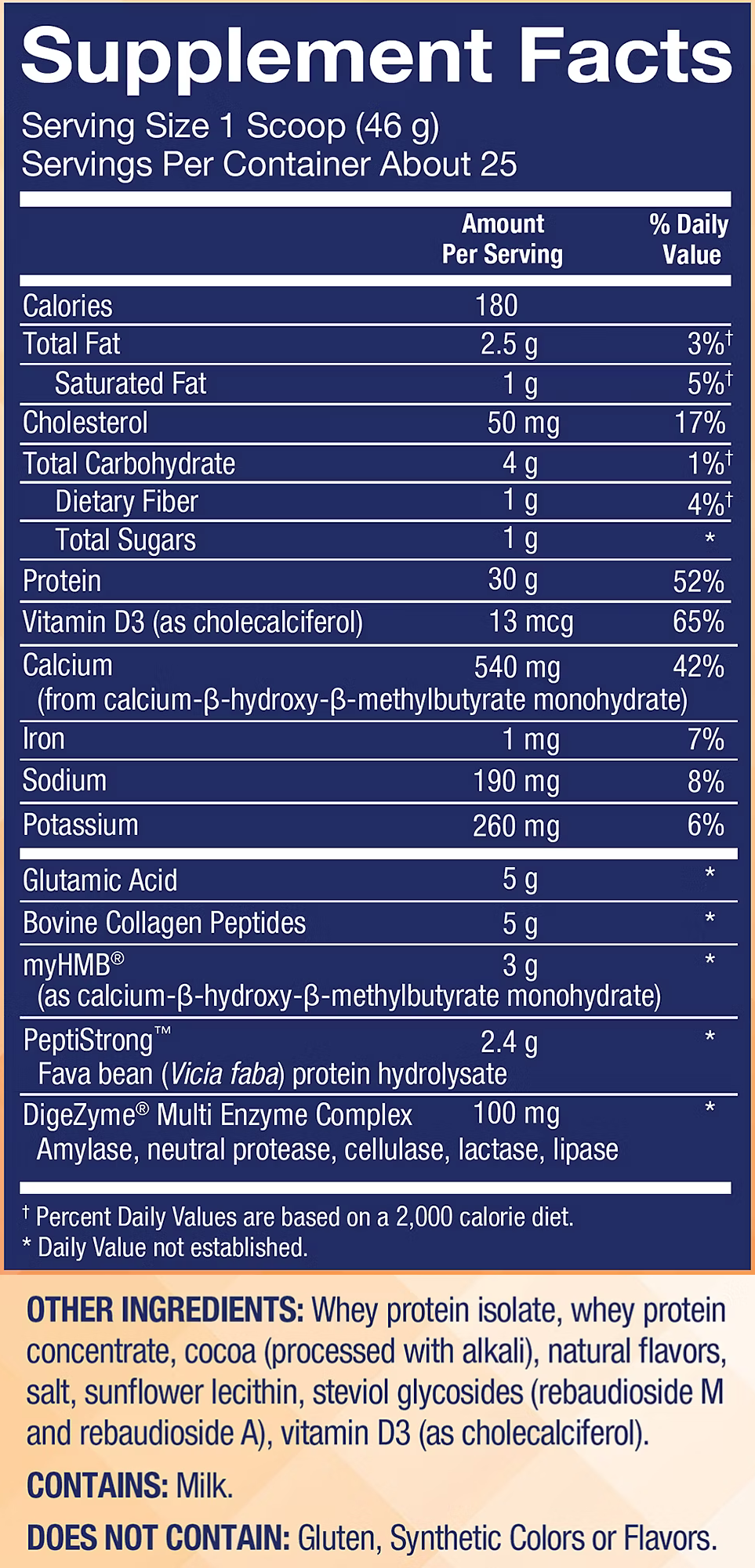
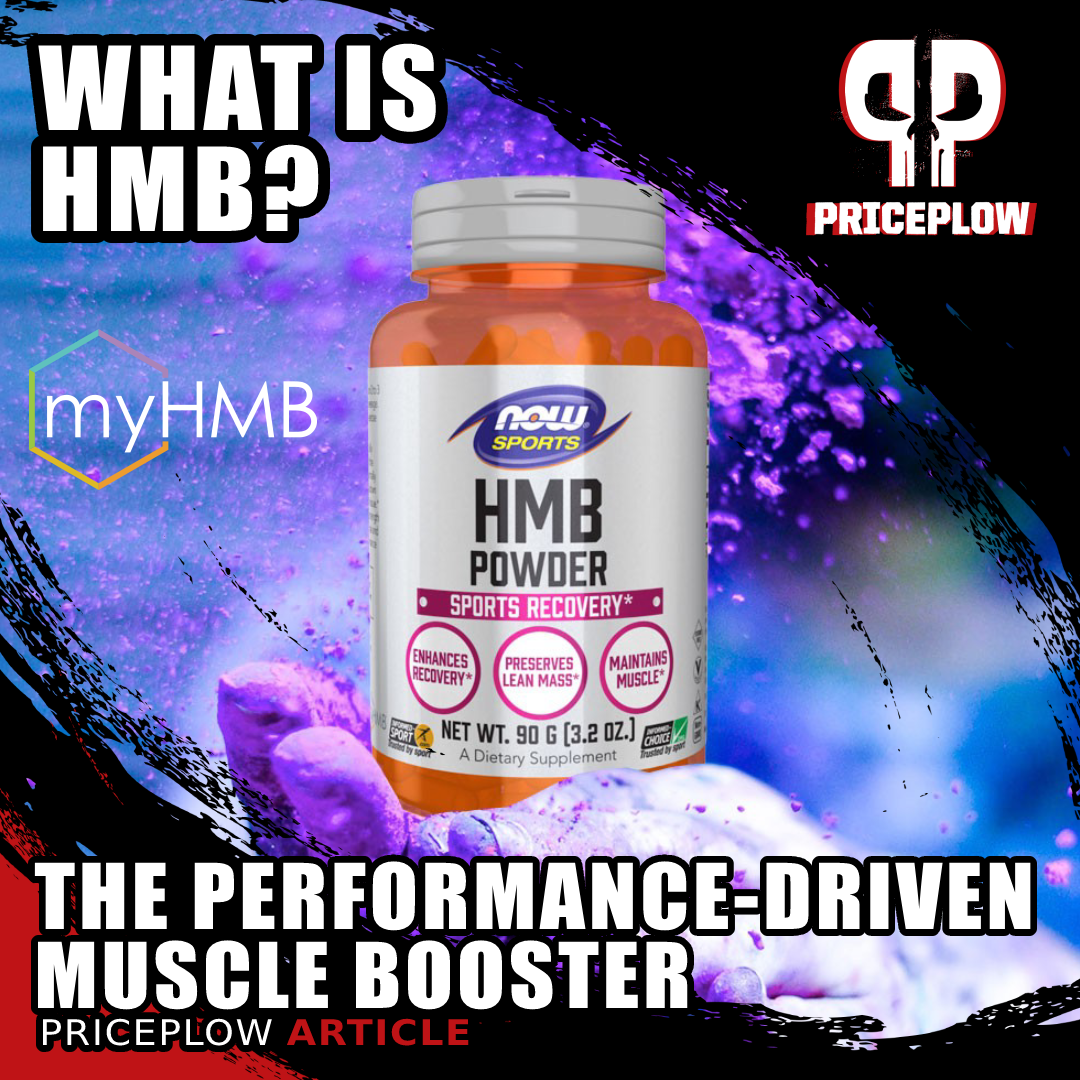
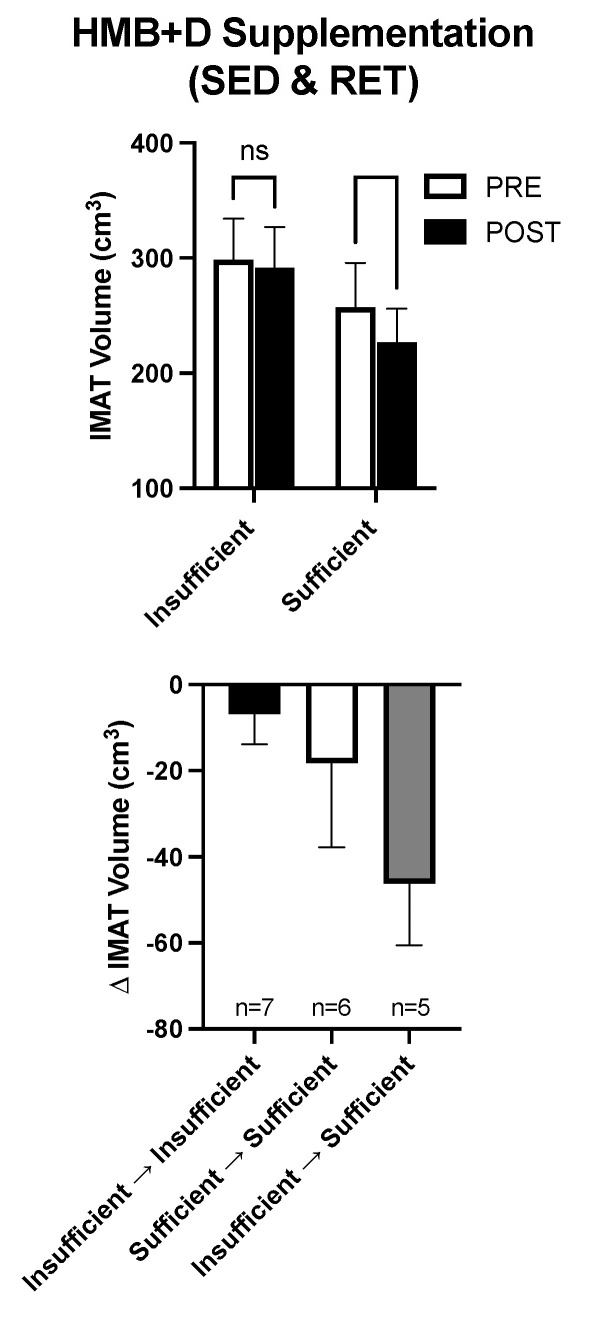
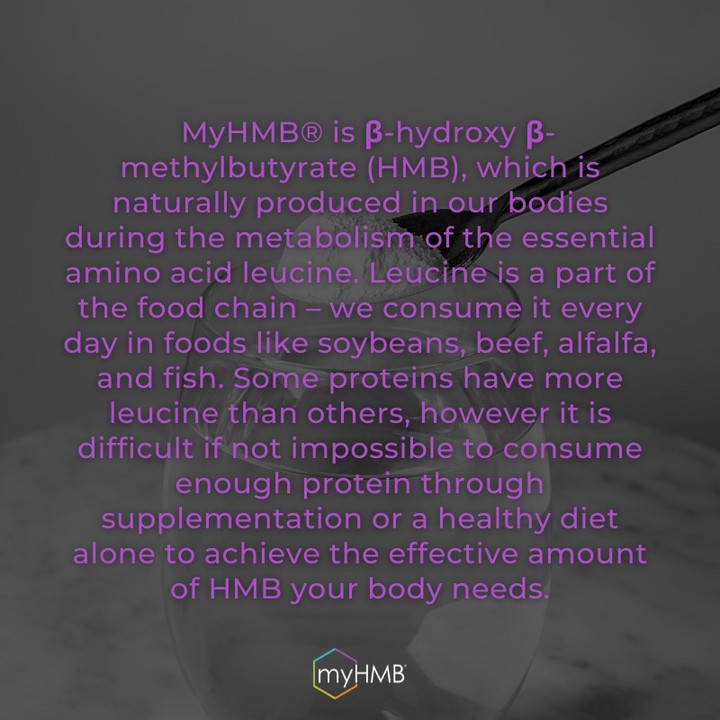

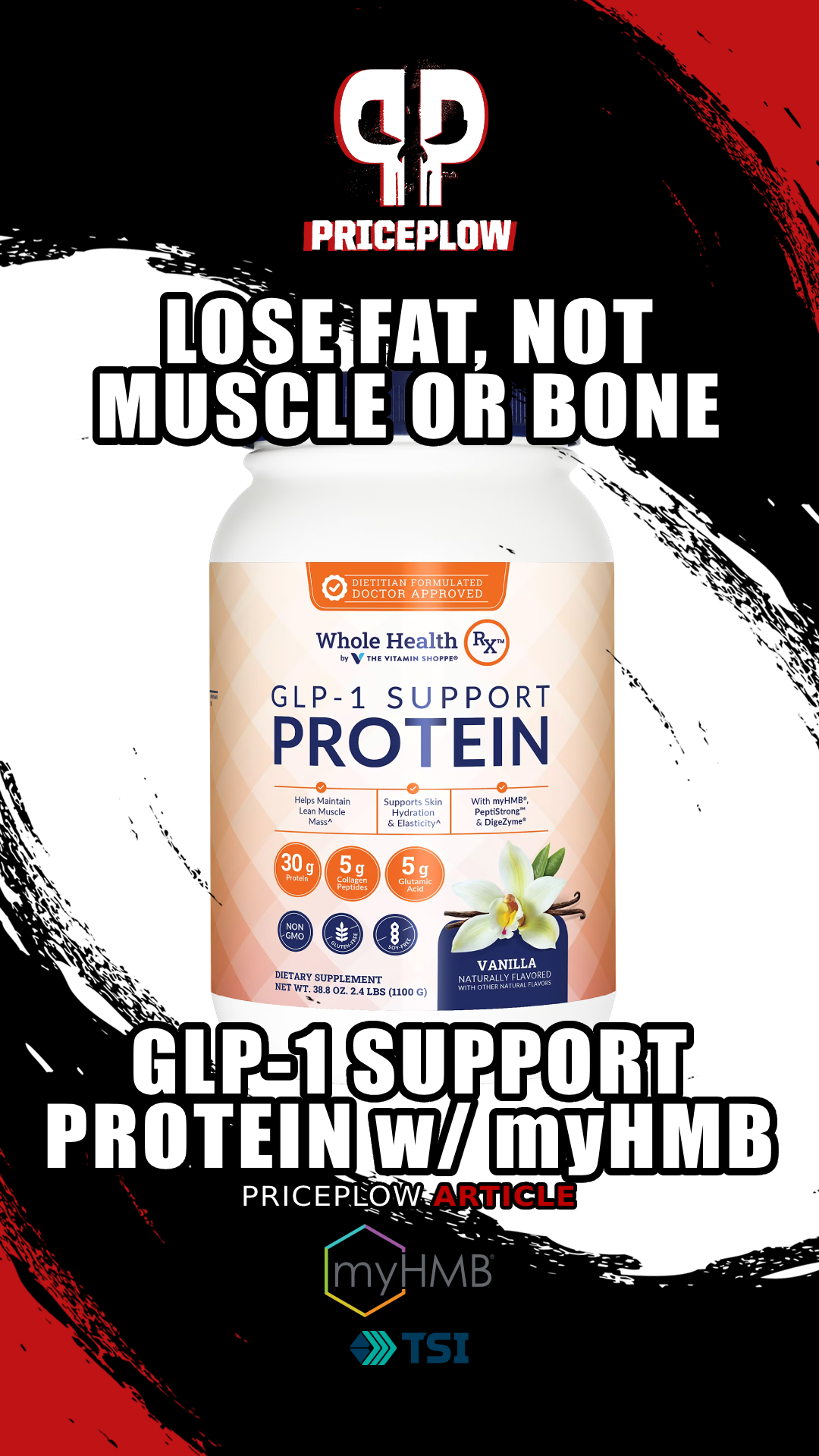

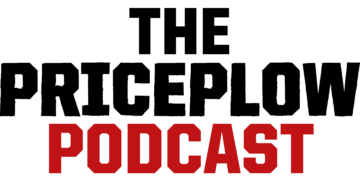
Comments and Discussion (Powered by the PricePlow Forum)